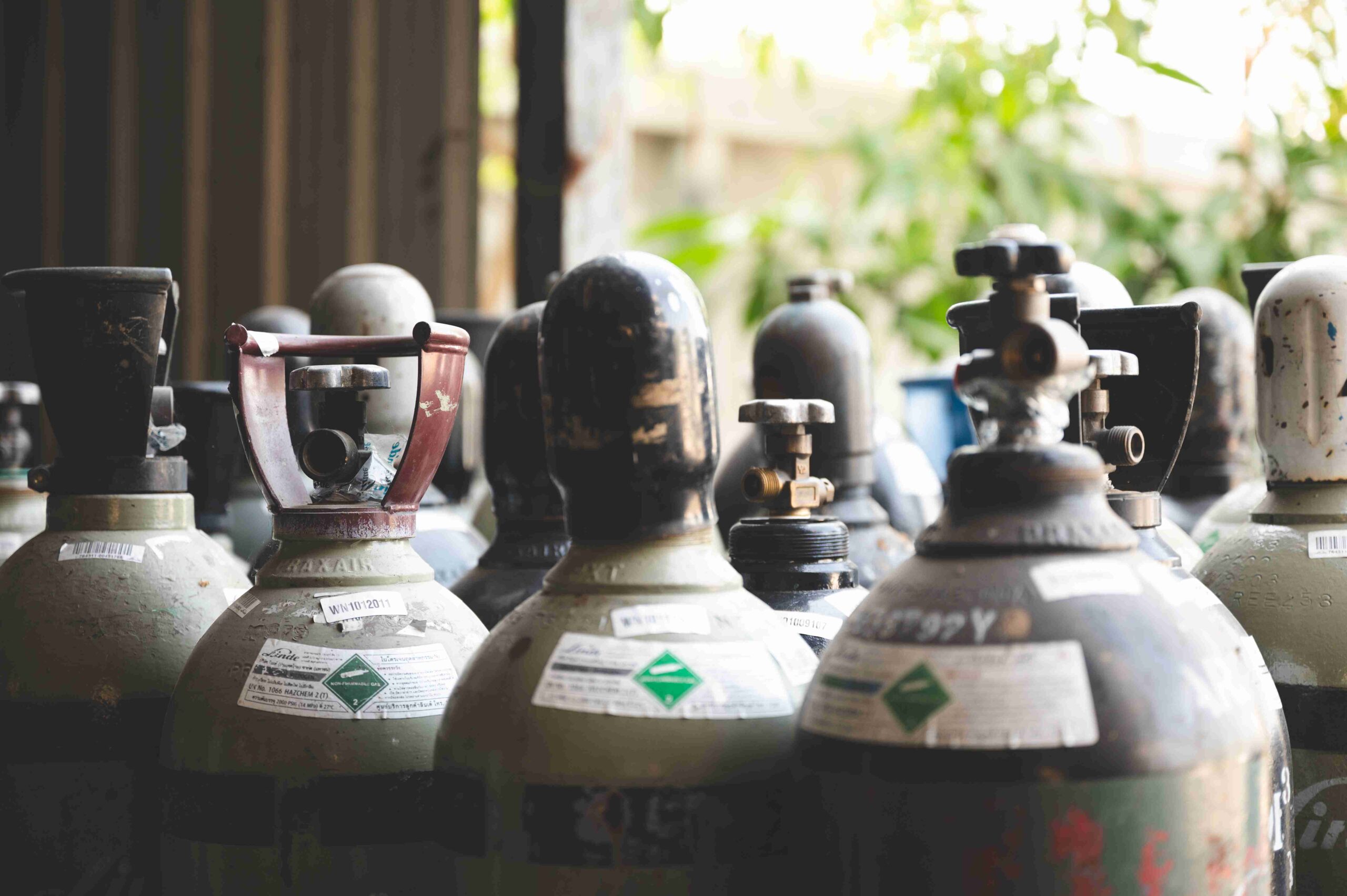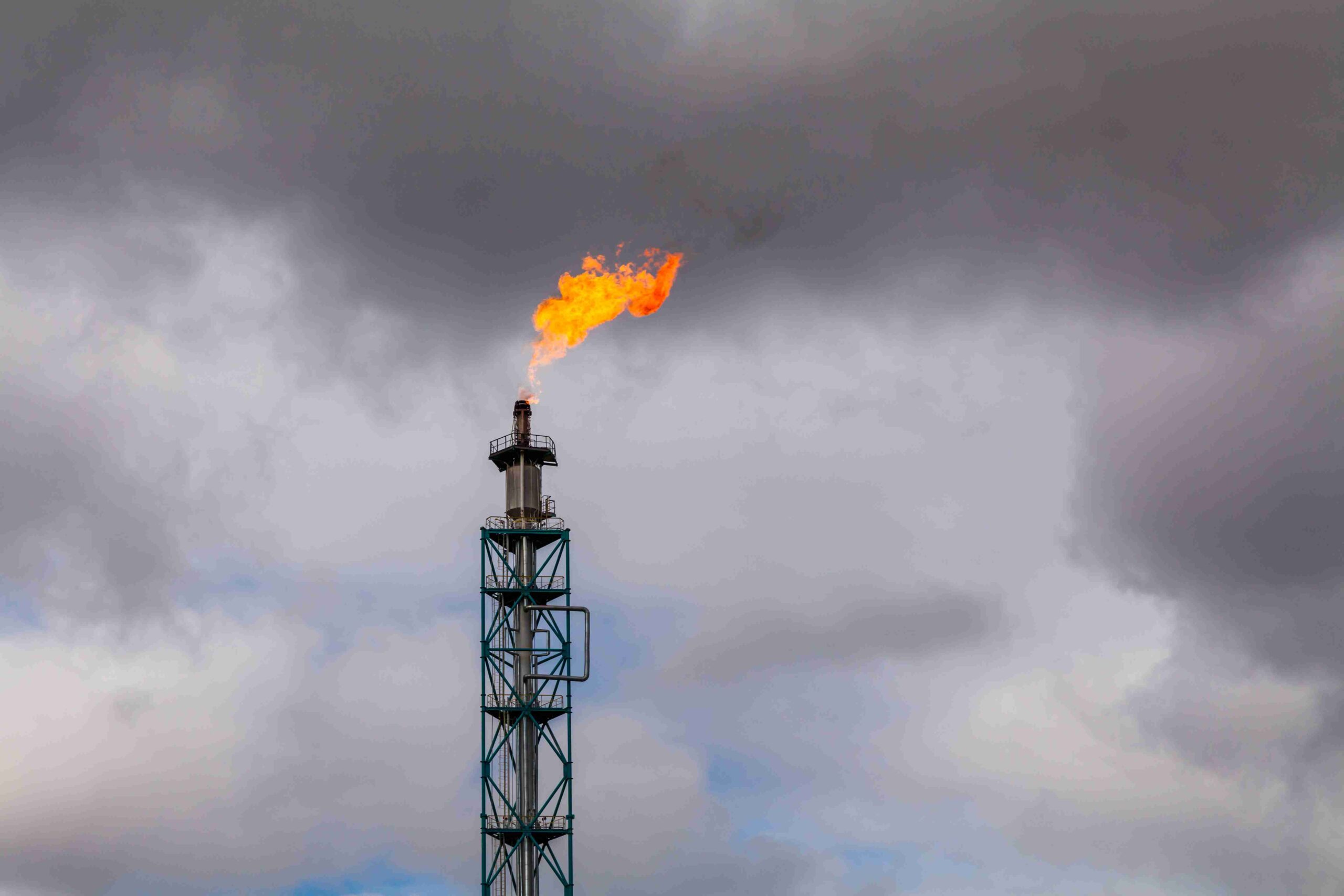The Centre’s ambitious plan to bring piped natural gas (PNG) to Goan households is facing a slow start, with many residents sticking to familiar LPG cylinders. Despite more than 10,000 households registering for the service offered by Goa Natural Gas Pvt Ltd (GNGPL), only about 2,100 households have actually adopted PNG. The initiative, which even included a three-month free trial period last year, has yet to convince many consumers to make the switch. This situation highlights both infrastructure challenges and deeply rooted consumer habits in the state.

Challenges in Adoption
Consumer reluctance stems from various factors, including safety concerns, the convenience of existing LPG connections, and the sporadic occupancy of homes with newly installed PNG meters. To better understand the hurdles in encouraging households to transition to PNG, consider the following points:
- Continued LPG Usage: A significant number of households maintain their LPG cylinder connections despite having access to piped gas.
- Safety Concerns: Misgivings about the safety of the new system, especially regarding gas leakages, have made many wary.
- Vacant Properties: Some homes that have been equipped with PNG remain unoccupied, meaning the service is underutilized.
- Limited Awareness: Many residents are not fully aware of the economic and environmental benefits that PNG offers.
These factors underline the complexities involved in changing consumer behavior. While the infrastructure is in place, converting interest into active usage remains a critical challenge that GNGPL must address.

Future Plans and Strategic Initiatives
In response to the slow uptake, GNGPL is working to build confidence among users through proactive engagement and strategic expansion. Mohammed Zafar Khan, the CEO of GNGPL, has outlined ambitious plans to boost active customer numbers. The company aims to reach 10,000 active users in the short term and is targeting an increase of around 1,000 new customers each year. Expanding the service beyond North Goa and Ponda to areas like Panaji, Porvorim, and Mapusa is also part of the long-term strategy. The focus is on not only installing the infrastructure, but also ensuring it is fully embraced by households.
Key features:
- Customer Engagement: Increasing direct communication with users to address concerns and educate them about the benefits of PNG.
- Service Expansion: Gradually rolling out the service to more areas, including major towns, to widen the customer base.
- Incentive Programs: Introducing attractive incentives and reliable support services to encourage households to switch from LPG to PNG.
- Enhanced Safety Protocols: Emphasizing the inherent safety of PNG, as its lighter-than-air property ensures that any leakage dissipates quickly.
These strategic initiatives aim to build trust in the new technology and demonstrate that PNG is not only a safe alternative but also a cost-effective and environmentally friendly option. By focusing on active customer engagement and expanding service coverage, GNGPL hopes to reverse the current trend and accelerate adoption.
Fueling the Future
As Goa stands at the crossroads of tradition and innovation, it is time for households to envision a cleaner, more efficient future. The transition from LPG to PNG is a step toward modernizing domestic energy consumption, supporting local infrastructure, and reducing environmental impact. We urge every resident to explore the benefits of piped natural gas, ask questions, and share their experiences as we collectively pave the way for a sustainable energy revolution in Goa.
